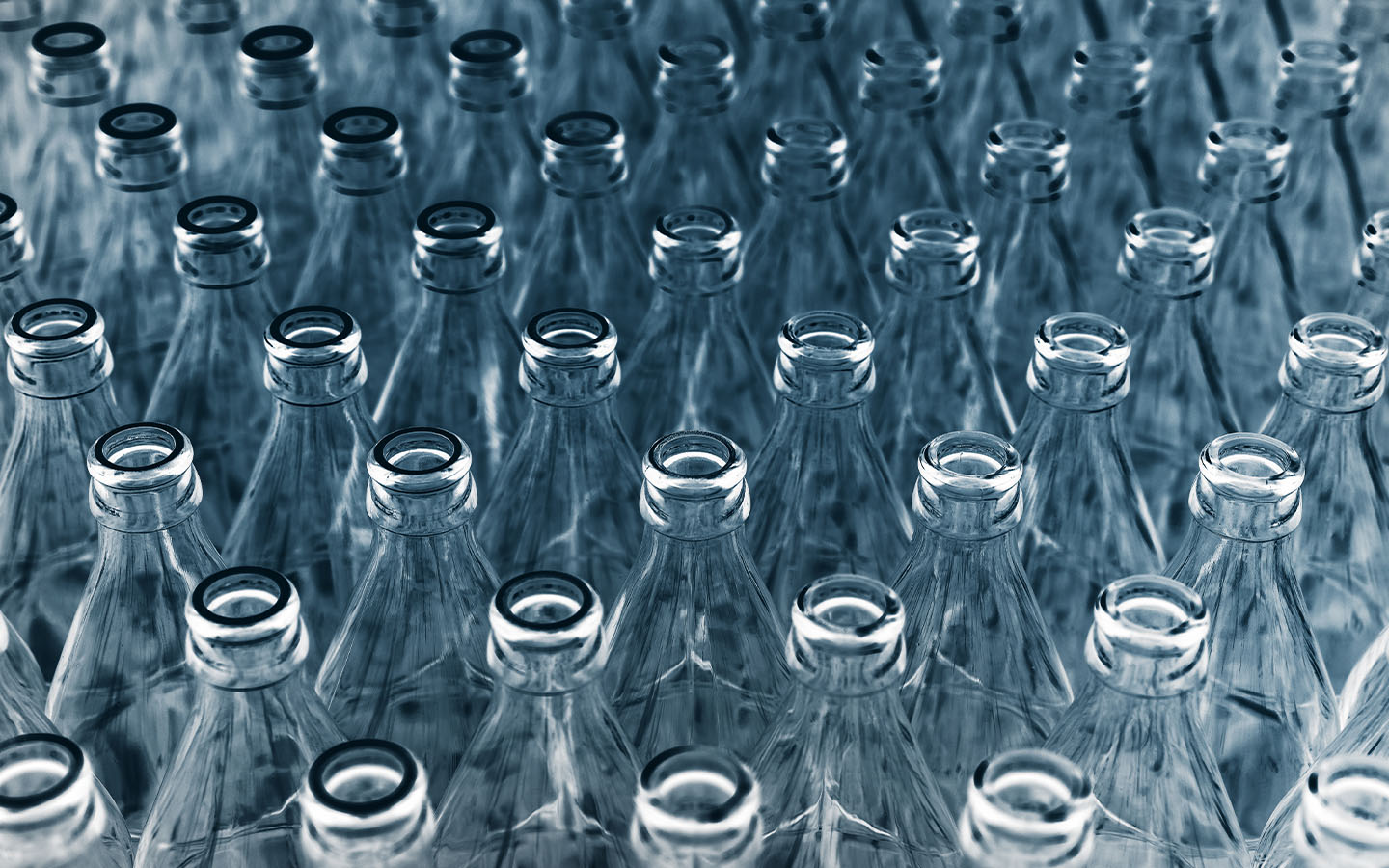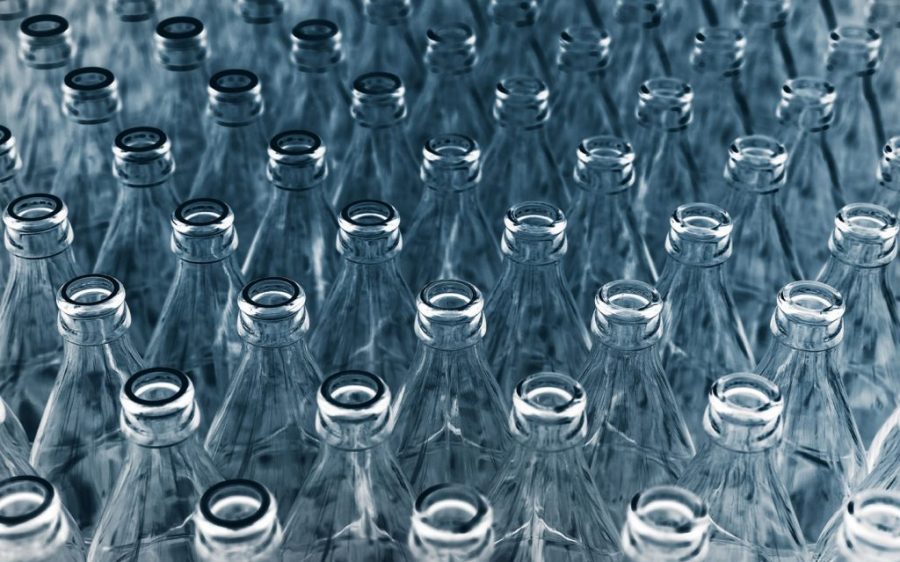Long viewed as a safer alternative to plastic bottles, glass bottles have one major flaw that makes them far more contaminated with microplastics than any other option, according to French food safety agency ANSES.
Microplastics, tiny bits of plastic less than 5 millimetres long, are everywhere – in our food, water and air, and every ecosystem from coral reefs to Antarctic ice. This microscopic confetti of fossil fuel-derived materials has even invaded our bodies, often through the food and drinks we consume. Studies on animals and human cells suggest exposure to microplastic could be linked to cancer, heart attacks, reproductive problems, and other serious harms.
Avoiding them entirely is impossible, but we can take steps to limit exposure, one of which is opting for non-plastic containers. ANSES (Agence Nationale de Sécurité Sanitaire) ran multiple studies to measure microplastic levels in common foods, including beverages. They looked at drinks like water, soda, iced tea, wine and beer, as well as whether the type of bottle or cap affected how much microplastic ends up in your drink.
The results were shocking: beverages sold in glass bottles exhibited higher levels of microplastics than those packaged in any other type of container, averaging around 100 microplastic particles per litre. The same beverages in plastic bottles or cans had five to 50 times fewer microplastics. “We were expecting the opposite result when we compared the level of microplastics in different drinks sold in France,” said Iseline Chaïb, a researcher.
[See more: Plastic pollution is causing brain damage in seabird chicks, study finds]
The one exception was wine, which also happened to be the only beverage in a glass bottle with a cork instead of a metal cap. The plastic contamination, researchers theorise, comes from the paint used on metal caps. Most of the microplastic isolated from glass bottles was the same colour as the paint on the metal cap, and the mainly polyester particles matched the polyester-based paint used.
Armed with this hypothesis, the researchers then conducted a series of experiments to confirm the potential origin of the coloured particles in glass-bottled beverages and to see if there was a simple method to reduce contamination. “We studied three scenarios,” Chaïb explained. “We cleaned the bottles and filled them with filtered water so that no microplastics could be detected, then we placed caps on the bottles without treating the caps, after blowing on the caps with an air bomb, or after blowing air and rinsing the caps with filtered water and alcohol.”
Cleaning dramatically reduced the amount of microplastics. Where bottles of water sealed with uncleaned caps had an average of 287 particles per litre, simply blowing air on the caps slashed that figure by 63 percent to 106 particles. Adding a rinse lowered the concentration even further, to just 87 particles per litre, a nearly 70 percent drop overall from the uncleaned caps. Manufacturers, the researchers noted, could also explore other options to reduce the amount of microplastics in their bottle, including improving pre-sale storage conditions to avoid friction, or modifying the composition of the paint used on caps.






